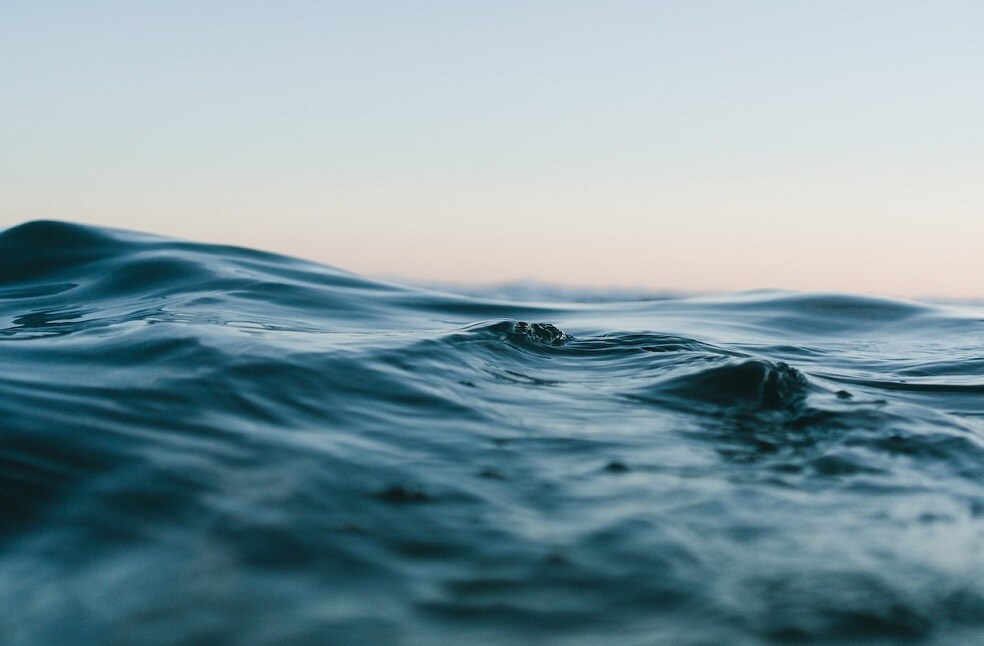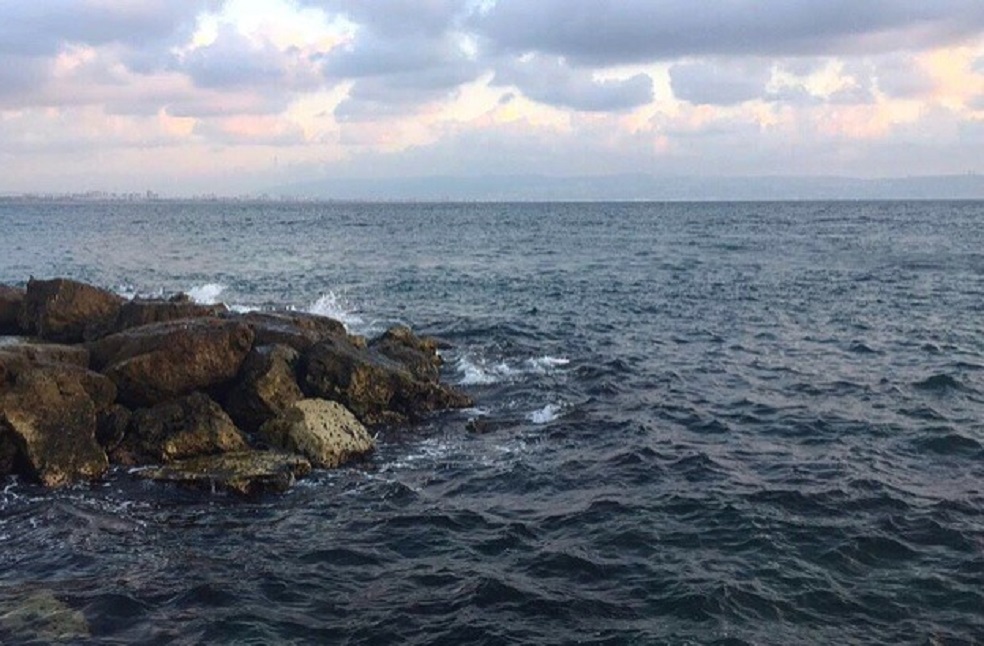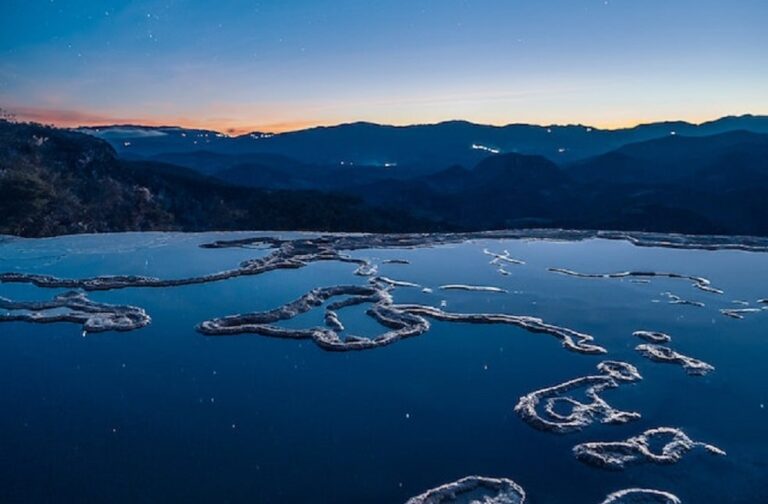United States: A new study has found that climate change has caused more than half of the world’s large lakes and reservoirs to shrink since the early 1990s, raising concerns about water availability for agriculture, hydropower, and human consumption. International researchers discovered that crucial freshwater sources, including the Caspian Sea and Lake Titicaca, experienced a cumulative water loss rate of approximately 22 gigatonnes per year over nearly three decades. This volume is roughly 17 times the capacity of the largest reservoir in the United States, Lake Mead.
The study, published in the journal Science, identified unsustainable human usage as a factor in the depletion of lakes like the Aral Sea and the Dead Sea, while rising temperatures caused water loss in lakes located in Afghanistan, Egypt, and Mongolia due to increased evaporation. However, water levels rose in a quarter of the lakes, often due to the construction of dams in remote regions such as the Inner Tibetan Plateau.

Although lakes and reservoirs cover only 3 percent of the Earth’s surface, they store approximately 87 percent of its freshwater. The findings of the study were based on satellite imagery collected between 1992 and 2020, providing valuable insights into the long-term trends of global water bodies.
Mr. Fangfang Yao, a surface hydrologist at the University of Virginia who led the study, noted that 56 percent of the decline in natural lakes was driven by climate warming and human consumption, with warming “the larger share of that”.

Climate scientists generally think that the world’s arid areas will become drier under climate change, and wet areas will get wetter, but the study found significant water loss even in humid regions.
“This should not be overlooked,” Mr. Yao remarked.
Scientists assessed almost 2,000 large lakes using satellite measurements combined with climate and hydrological models. They found that unsustainable human use, changes in rainfall and run-off, sedimentation, and rising temperatures have driven lake levels down globally, with 53 percent of lakes showing a decline from 1992 to 2020.



